Bone graft for dental implant is a critical topic for anyone considering dental implants, especially if they have experienced bone loss due to various factors. Understanding the need for a bone graft and its implications can make all the difference in achieving successful dental implant treatment. This article will delve deep into what bone grafting entails, why it may be necessary, and how it impacts your overall dental health.
What Is a Bone Graft in Dental Implant Treatment?
A bone graft is a surgical procedure that involves the transplantation of bone tissue to stimulate bone growth and healing. It plays a pivotal role in dental implant treatments when a patient has insufficient bone volume in the jaw to support the implant securely. Bone grafting helps to recreate an adequate foundation for the implant, ensuring both stability and longevity.
You might need a bone graft for several reasons.
When it’s Needed
Long-term Tooth Loss
Prolonged tooth loss can lead to significant bone resorption. The jawbone requires stimulation from the roots of teeth to maintain its density. When teeth are lost, the surrounding bone begins to deteriorate, making it challenging to place implants later on.
Gum Disease
Chronic gum disease (periodontitis) can result in the loss of the supporting structures of the teeth, including bone. In severe cases, this can necessitate a bone graft before moving forward with any implant procedures.
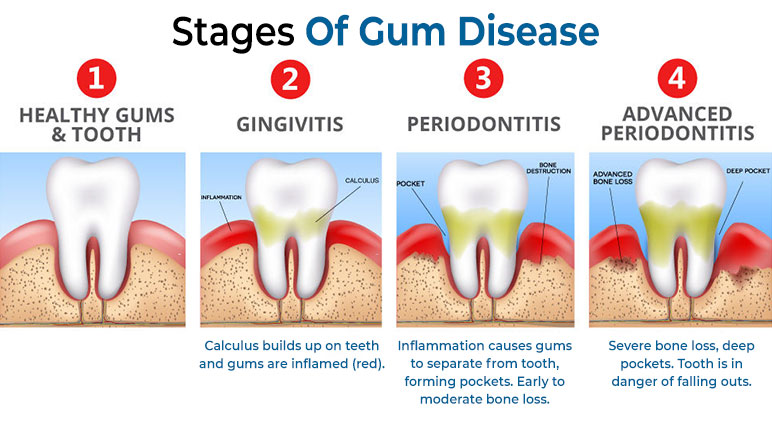
Bone Resorption from Trauma
Injuries or trauma to the mouth can also cause bone loss. A fracture or severe dental injury may compromise the integrity of the jawbone, creating a need for grafting prior to implantation.
Understanding these triggers for bone grafting is essential for anyone considering dental implants. It highlights the importance of timely intervention and assessment by dental professionals like those at Sai Gon Implant Dental Center.
Types of Bone Grafts Used for Tooth Implants
When it comes to dental implants, there are several types of bone grafts available, each with its unique characteristics and benefits. Understanding these options can help you make informed decisions about your treatment plan.
Autograft (from Your Own Body)
An autograft is bone taken from another site in your own body, often the hip or chin. Since this type of graft comes from your own body, the risk of rejection is minimal, and it typically integrates well with existing bone.
Pros and Cons
- Pros: High compatibility; lower chances of infection.
- Cons: Requires additional surgery and recovery time to harvest the bone.
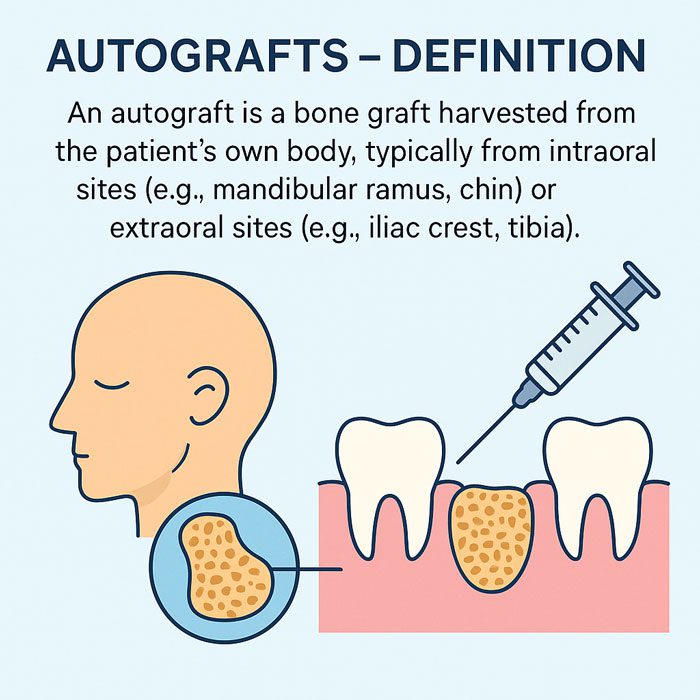
Allograft (Donor Bone)
Allografts utilize bone harvested from deceased donors. This option eliminates the need for a second surgical site, making it a more convenient choice for many patients.
Pros and Cons
- Pros: No extra surgery; readily available.
- Cons: Slight risk of disease transmission; possible immune response.
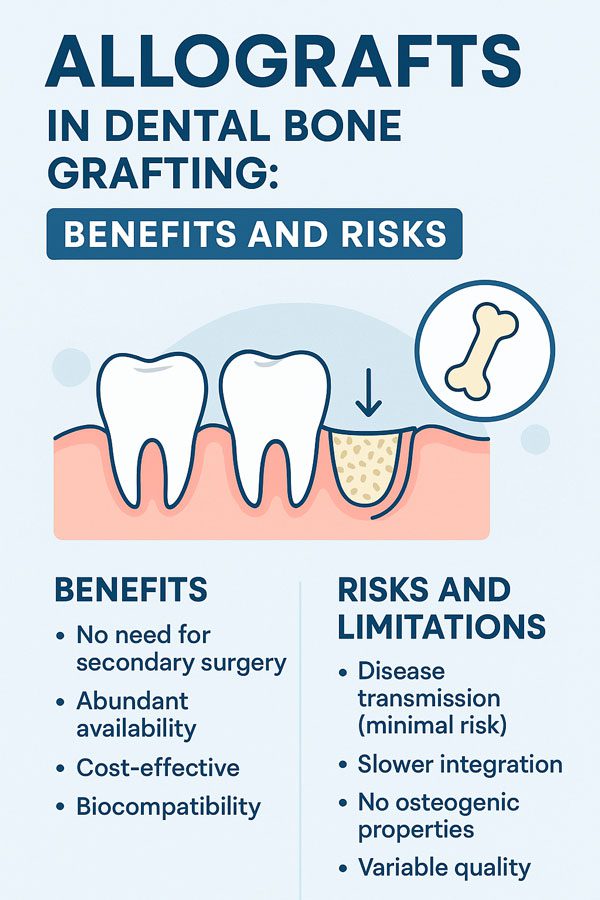
Xenograft (From Animals)
Xenografts involve using bone from animals, typically bovine sources. This type of graft provides a scaffold for new bone growth.
Pros and Cons
- Pros: Highly biocompatible; promotes rapid healing.
- Cons: Potential ethical concerns; lower incorporation rates compared to autografts.
Alloplast (Synthetic)
Alloplasts consist of synthetic materials designed to mimic natural bone. These materials can serve as a scaffold for new bone growth.
Pros and Cons
- Pros: Easily manufactured; no risk of disease transmission.
- Cons: May not integrate as effectively as natural bone.
How Your Dentist Chooses the Right One
Your dentist will consider various factors such as the extent of bone loss, your overall health, and personal preferences when determining which graft type is most suitable. They may use advanced imaging techniques like X-rays or 3D scans to evaluate your specific situation.
The Bone Graft Procedure – Step by Step
The bone graft procedure is a meticulous process that combines planning, surgical skill, and aftercare to ensure success. Below, we outline the steps involved in this crucial part of dental implant preparation.
Pre-surgery Evaluation
Before any surgical procedure, a thorough evaluation is conducted. This typically includes:
- X-rays: To assess the current condition of your jawbone.
- 3D Scan: Provides a detailed view of bone structure.
These assessments allow your dentist to determine the extent of bone resorption and the best approach for grafting.
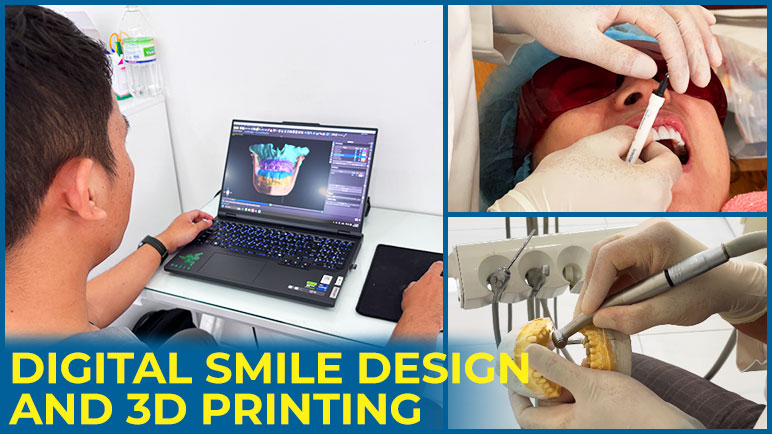
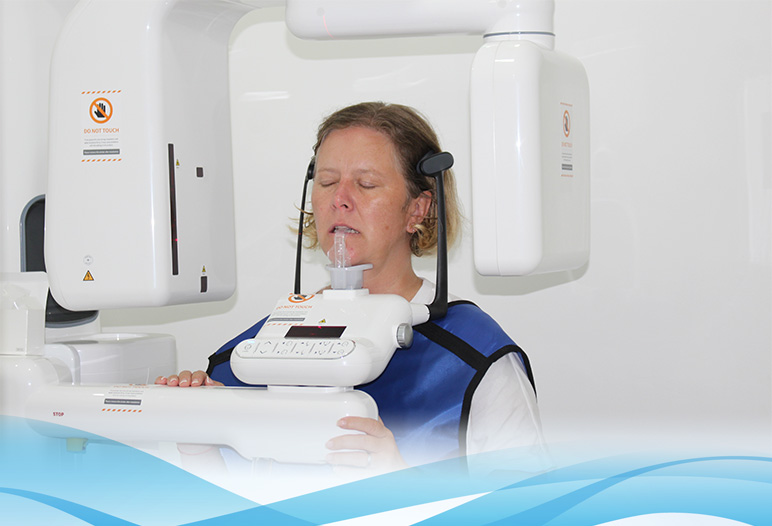
Local Anesthesia or Sedation
To ensure your comfort during the procedure, local anesthesia or sedation will be administered. This step is crucial, as it minimizes discomfort and anxiety, allowing your dentist to perform the operation with precision.
Graft Placement and Suturing
During the surgery, the selected graft material will be carefully placed in the area where bone density is lacking. The site is then sutured closed, promoting healing while the graft integrates with existing bone.
Healing Phase Before Implant Placement
After the graft placement, a healing period of 3–6 months is generally required. During this time, the graft undergoes a process known as osseointegration, where the new bone cells grow and fuse with the graft material, forming a solid foundation for future implants.
A dental clinic can do implant and bone graft in District 1 Ho Chi Minh City
Does a Bone Graft Hurt While Healing?
One common concern for patients undergoing a bone graft procedure is whether it will hurt during the healing process. Here’s what you can expect regarding pain levels and recovery.
Honest Look at Pain Levels and Discomfort
Pain levels vary significantly from person to person, but mild discomfort is typical after the procedure. Most patients report that the pain is manageable and subsides within a few days post-surgery.
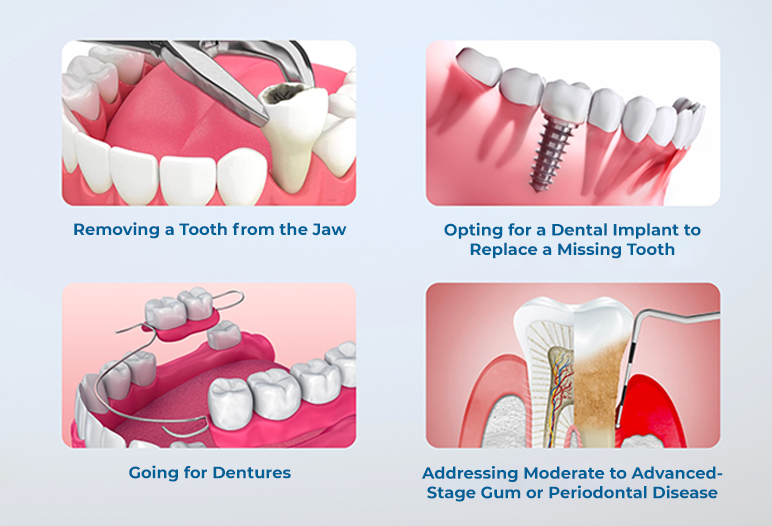
Post-op Symptoms: Swelling, Soreness, Minor Bleeding
In the initial days following the surgery, some common symptoms include:
- Swelling: Mild swelling around the surgical site is expected.
- Soreness: A dull ache may persist, which can usually be managed with over-the-counter pain relief.
- Minor Bleeding: Some bleeding is normal; however, excessive bleeding should be reported to your dentist immediately.
Pain Management
Effective pain management is crucial for a smooth recovery. Here are some options:
- Medication: Prescription or OTC pain relievers can alleviate discomfort.
- Ice Packs: Applying ice packs can reduce swelling and numb the area.
- Soft Food Diet: Eating soft foods can minimize irritation to the graft site.
Healing Tips and Timeline
Most patients find that adhering to their dentist’s aftercare instructions speeds up healing. Avoiding strenuous activities and maintaining good oral hygiene can promote a quicker recovery. Expect full integration to take anywhere from three to six months before moving on to the next stage: the dental implant placement.
How Much Does Bone Grafting Cost for Dental Implants?
Cost is a significant factor when considering a bone graft. Various elements influence the final price tag, and knowing what to expect can help you plan accordingly.
Average Cost Range
The costs associated with bone grafting can vary widely depending on multiple factors:
- USA: Typically ranges from $300–$1,200 per graft site.
- UK & Australia: Costs are similar or even higher, depending on the region and clinic.
| BONE GRAFT, SINUS LIFT | DENTAL IMPLANTS COST (USD) |
DISCOUNT PRICE (USD) |
| Bone graft | 200 – 320 | |
| Sinus lifting | 320 – 520 |
Factors That Influence Price
Several considerations can affect the cost of your bone graft:
- Type of Graft: Autografts tend to be pricier due to the additional surgery, while allografts and xenografts may vary in price based on availability.
- Location: Dental care prices fluctuate greatly depending on geographic location.
- Additional Procedures: If other treatments are needed alongside grafting, costs may increase.
Can You Get a Bone Graft and Dental Implant at the Same Time?
Many patients wonder if it’s feasible to undergo both bone grafting and dental implant placement simultaneously. Here’s an overview of the scenarios.
When it’s Possible (Minor Grafting)
In certain cases, minor grafting can be done during the same appointment as the implant placement. This is often ideal for patients with slight bone loss, as it saves time and decreases the number of surgeries.
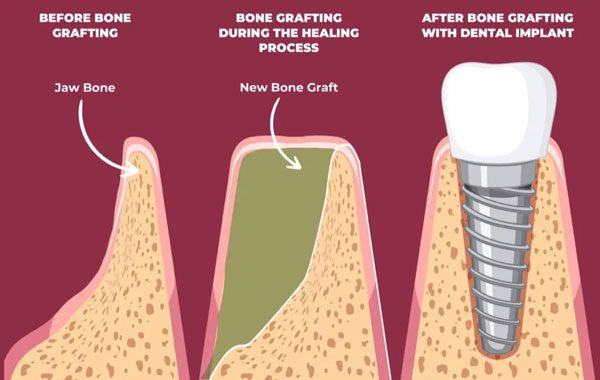
When Delayed Implant Placement is Better
For significant bone loss or extensive grafting, it’s generally better to wait until the graft has fully integrated before placing the implant. This ensures that the implant has a stable base and reduces the risk of complications.
Benefits and Risks of Each Approach
- Simultaneous Placement: Shorter treatment timeline; fewer surgeries.
- Delayed Placement: Allows for complete healing; potentially better outcomes.
It’s essential to discuss your unique situation with your dentist to determine the most appropriate course of action.
Alternatives to Bone Grafting
If bone grafting isn’t suitable for your case, several alternatives can provide a viable solution for restoring your smile.
Zygomatic Implants
Zygomatic implants are longer implants anchored in the cheekbone rather than the jawbone. This option is beneficial for patients with severe bone loss in the upper jaw who may not be candidates for traditional grafting.
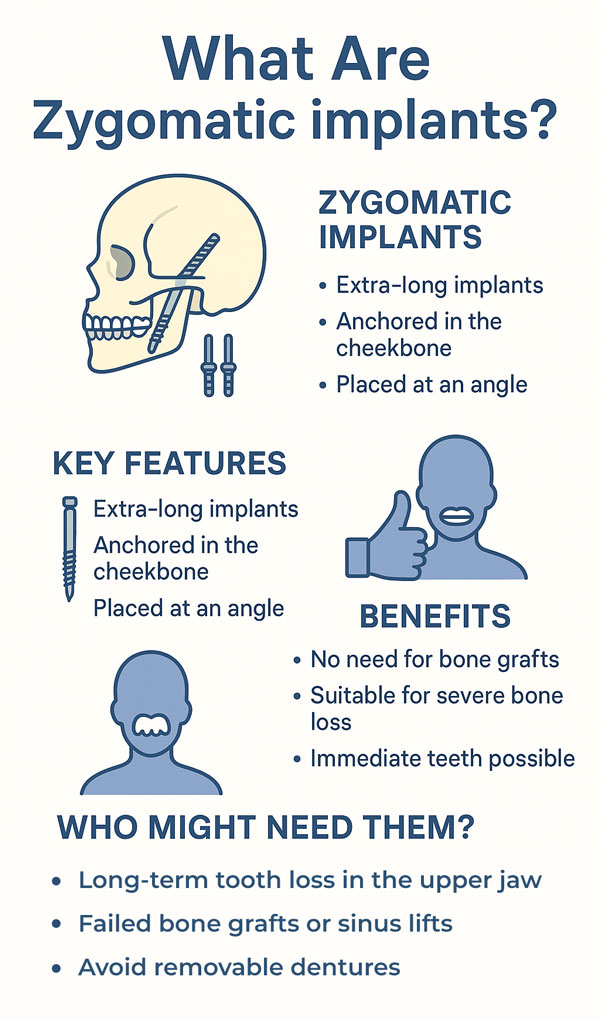
Mini Implants
Mini implants are smaller than traditional implants and require less bone. They offer an alternative for patients with limited bone volume but still desire permanent tooth replacement solutions.
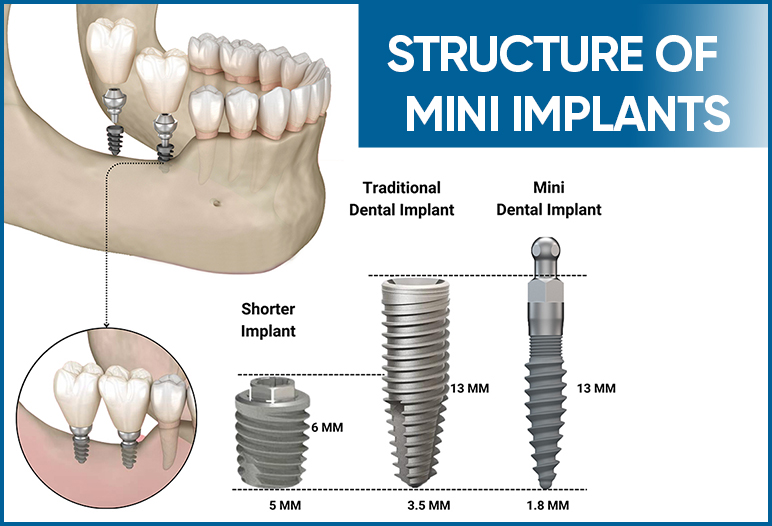
Ridge Expansion or Sinus Lift
In some situations, ridge expansion (widening the jawbone) or sinus lifts (raising the sinus floor) can create enough space for traditional implants without the need for a graft.
Conclusion
Bone grafting is a common, safe, and necessary step for many implant patients, serving as the backbone for successful implant placement. By understanding the different types of grafts, the procedure itself, and the costs involved, potential patients can approach their dental journeys with confidence. If you’re planning an implant and think bone loss may be an issue, consult a specialist early to plan the best course of action—your smile deserves the best foundation!

 Google Reviews
Google Reviews Call
Call
SAIGON IMPLANT CENTER
Best dentist in Vietnam
Saigon Implant Center - Dental Clinic utilizes the latest technology for specialized treatment in the field of Single implant, full jaw implants, All on 4 implants, All on 6 implants, Zygoma implant....
SAIGON IMPLANT CENTER
Best dentist in Vietnam
Saigon Implant Center - Dental Clinic utilizes the latest technology for specialized treatment in the field of Single implant, full jaw implants, All on 4 implants, All on 6 implants, Zygoma implant....